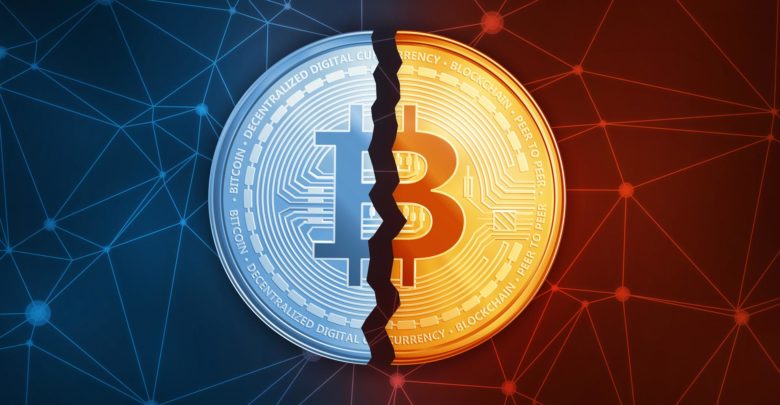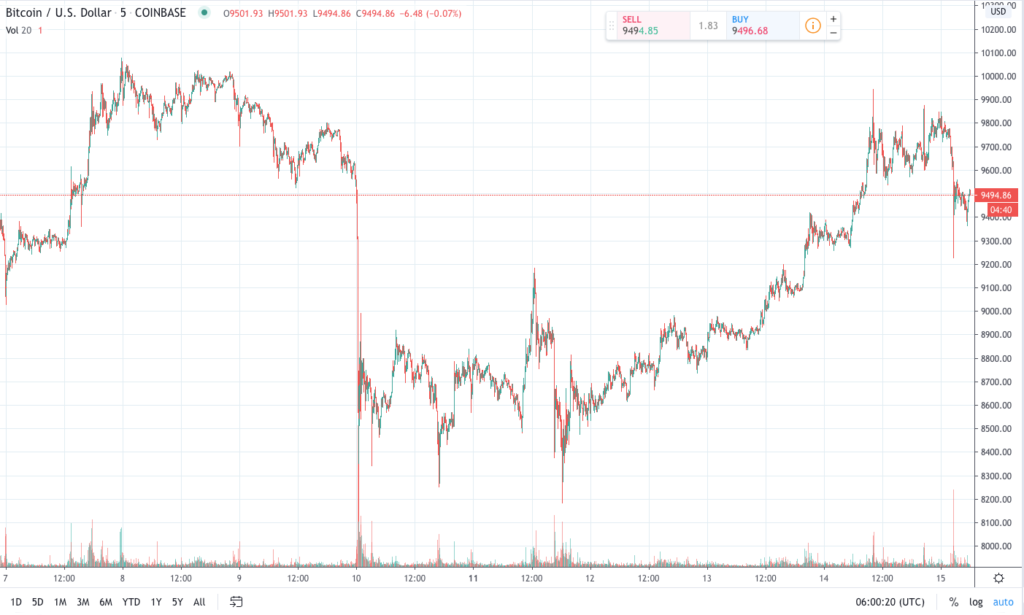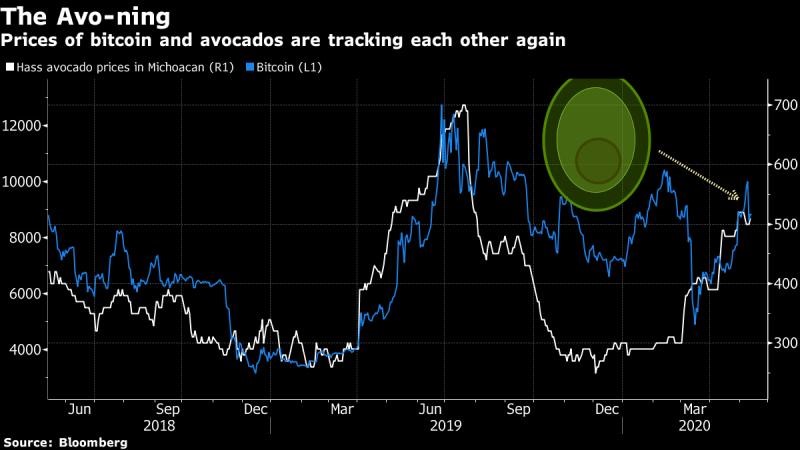Finance
A Review of the Bitcoin Halving: Not What Many Expected

Aaaand, it’s done: The Bitcoin halving took place last week. Apart from increased short-term volatility, it had no significant impact on price. What happened in the markets, what are the implications, and what is the outlook?
So that was it? The long-awaited third Bitcoin halving finally took place on May 11th, yet nothing much happened. Everyone was set for their halving parties, but then it was just another day in the office.
But first things first, what is a Bitcoin halving? Every four years, the Bitcoin mining premium is cut in half, which means Bitcoin miners will receive fewer bitcoins for their minted blocks. As a result, fewer bitcoins will enter circulation, which reduces Bitcoin supply.
The main idea is this: As fewer Bitcoins become available, the asset becomes more scarce, which eventually should increase prices – similar to the supply curve of commodities.
Volatility: picking coins in front of a steamroller
Before the halving, the discussion among traders revolved mainly around one issue: As everyone knew that the halving was coming, had the market already priced in the effect of reduced future supply? If yes, prices wouldn’t go up, and they might even drop due to increased speculation and halving hype.
In the weeks leading up to the halving, there were no significant effects other than increased volatility. “Trading Bitcoin in the days prior to the halving was like picking up coins in front of a moving steamroller,” says Frank Wagner from Blockchain Asset Manager INVAO.
The most significant movement happened on May 10th, two days before the halving: Bitcoin dropped from more than $10,000 to $8,000 in less than seven minutes. The reason was highly leveraged speculation, which resulted in margin calls as soon as prices dropped, leading to a downward spiral.
In the three days after the halving, prices recovered, and today (May 15th, 06:00 UTC), Bitcoin trades again above $9,000, which is about the pre-halving level. Thus, despite increased volatility, the halving hasn’t had any lasting effects on price.

Outlook: In the long run, we are all dead
Now that the halving narrative is gone, volatility might return to normal – “normal” for crypto, that is. The question now is, how miners will react to the lower mining premiums in the mid- and long-run. Their revenues have decreased, but mining costs have not. It might be that miners sell-off their Bitcoin, or they could start using their hardware to mine other assets.
Some say the halving is the beginning of a bull market with drastic price increases. A model that has become popular among Bitcoin aficionados is the so-called stock-to-flow-model, which compares Bitcoin with other commodities and predicts prices of up to $100,000 in the next two years.
The problem with such models, and with the entire halving narrative, is that Bitcoin is not really a commodity. Besides, there are various other factors at play other than Bitcoin supply, especially Bitcoin adoption, its role in institutional asset management, regulations, and macroeconomic developments. So the truth is, nobody can predict with any reliability today, where Bitcoin prices are in one year from now.
One thing, however, has changed with the halving: Bitcoin and the price of Hass avocados are now tracking each other again. What does that mean for Bitcoin prices? Nothing much, but neither does the halving.

READ:



